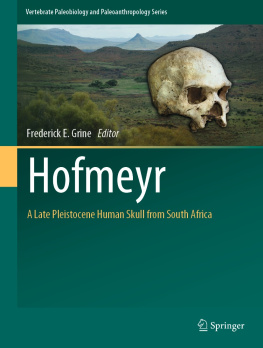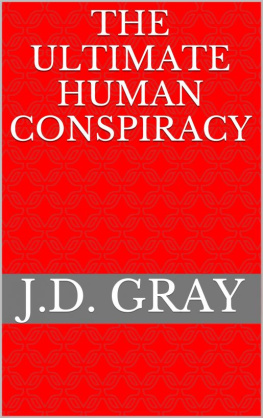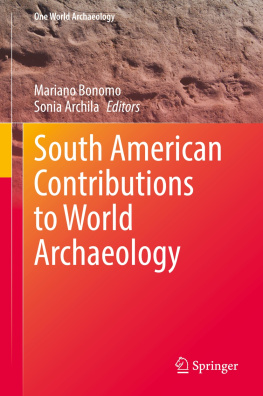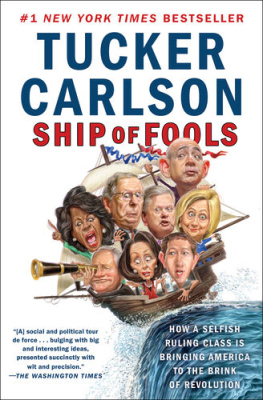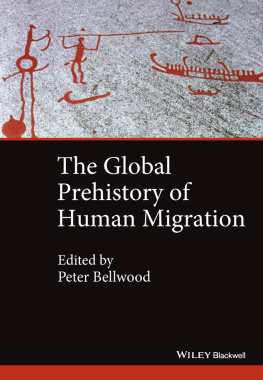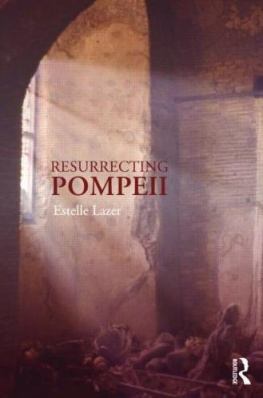Matt Pope - Crossing the Human Threshold: Dynamic Transformation and Persistent Places During the Middle Pleistocene
Here you can read online Matt Pope - Crossing the Human Threshold: Dynamic Transformation and Persistent Places During the Middle Pleistocene full text of the book (entire story) in english for free. Download pdf and epub, get meaning, cover and reviews about this ebook. City: London, year: 2017, publisher: Routledge, genre: Science. Description of the work, (preface) as well as reviews are available. Best literature library LitArk.com created for fans of good reading and offers a wide selection of genres:
Romance novel
Science fiction
Adventure
Detective
Science
History
Home and family
Prose
Art
Politics
Computer
Non-fiction
Religion
Business
Children
Humor
Choose a favorite category and find really read worthwhile books. Enjoy immersion in the world of imagination, feel the emotions of the characters or learn something new for yourself, make an fascinating discovery.

- Book:Crossing the Human Threshold: Dynamic Transformation and Persistent Places During the Middle Pleistocene
- Author:
- Publisher:Routledge
- Genre:
- Year:2017
- City:London
- Rating:4 / 5
- Favourites:Add to favourites
- Your mark:
Crossing the Human Threshold: Dynamic Transformation and Persistent Places During the Middle Pleistocene: summary, description and annotation
We offer to read an annotation, description, summary or preface (depends on what the author of the book "Crossing the Human Threshold: Dynamic Transformation and Persistent Places During the Middle Pleistocene" wrote himself). If you haven't found the necessary information about the book — write in the comments, we will try to find it.
When was the human threshold crossed? What is the evidence for evolving humans and their emerging humanity? This volume explores in a global overview the archaeology of the Middle Pleistocene, 800,000 to 130,000 years ago when evidence for innovative cultural behaviour appeared. The evidence shows that the threshold was crossed slowly, by a variety of human ancestors, and was not confined to one part of the Old World.
Crossing the Human Threshold examines the changing evidence during this period for the use of place, landscape and technology. It focuses on the emergence of persistent places, and associated developments in tool use, hunting strategies and the control of fire, represented across the Old World by deeply stratified cave sites. These include the most important sites for the archaeology of human origins in the Levant, South Africa, Asia and Europe, presented here as evidence for innovation in landscape-thinking during the Middle Pleistocene. The volume also examines persistence at open locales through a cutting-edge review of the archaeology of Northern France and England.
Crossing the Human Threshold is for the worldwide community of students and researchers studying early hominins and human evolution. It presents new archaeological data. It frames the evidence within current debates to understand the differences and similarities between ourselves and our ancient ancestors.
Matt Pope: author's other books
Who wrote Crossing the Human Threshold: Dynamic Transformation and Persistent Places During the Middle Pleistocene? Find out the surname, the name of the author of the book and a list of all author's works by series.

